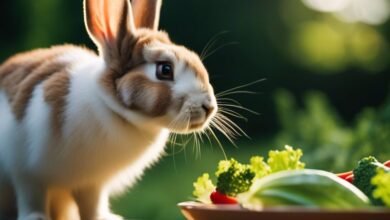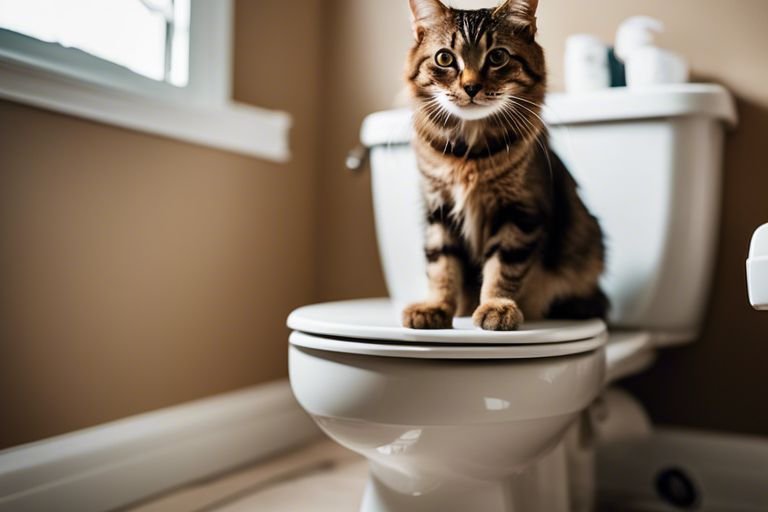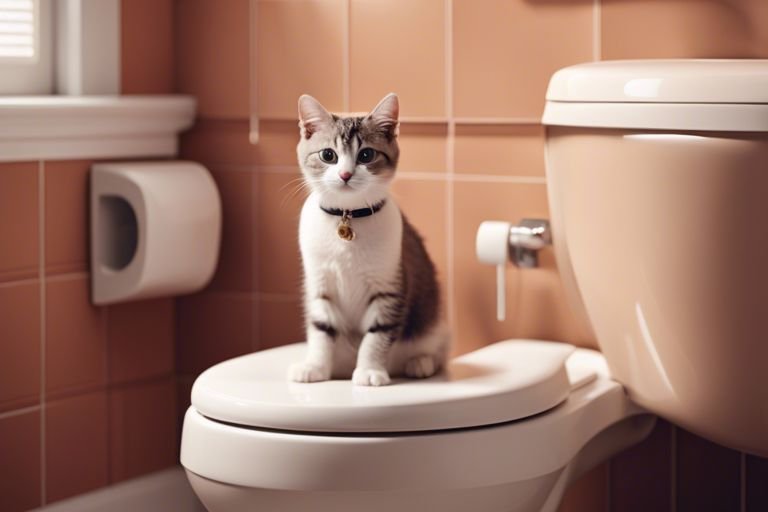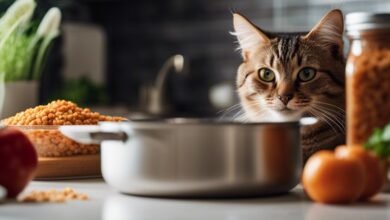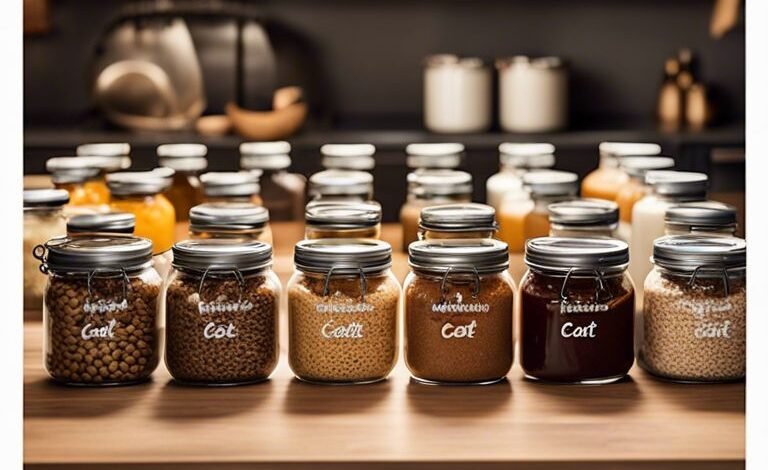
Just like humans, hydration is vital for your feline friend’s health and well-being. In this comprehensive guide, you will learn everything you need to know about hydrating cat food. From the benefits of wet food to tips for encouraging your cat to drink more water, we’ve got you covered. Stay tuned to ensure your furry companion stays happy and hydrated!
Key Takeaways:
- Protein-rich Diet: Look for cat food that has a high protein content to ensure your cat’s nutritional needs are met.
- Moisture Content: Opt for cat food with high moisture content to keep your feline friend hydrated.
- Wet vs. Dry Food: Wet cat food is generally better for hydration compared to dry cat food due to its higher water content.
- Supplementing with Water: If your cat prefers dry food, consider adding water to the kibble to increase their hydration levels.
- Consult Your Vet: It’s always a good idea to consult with your veterinarian to determine the best hydration strategy for your cat based on their individual needs.
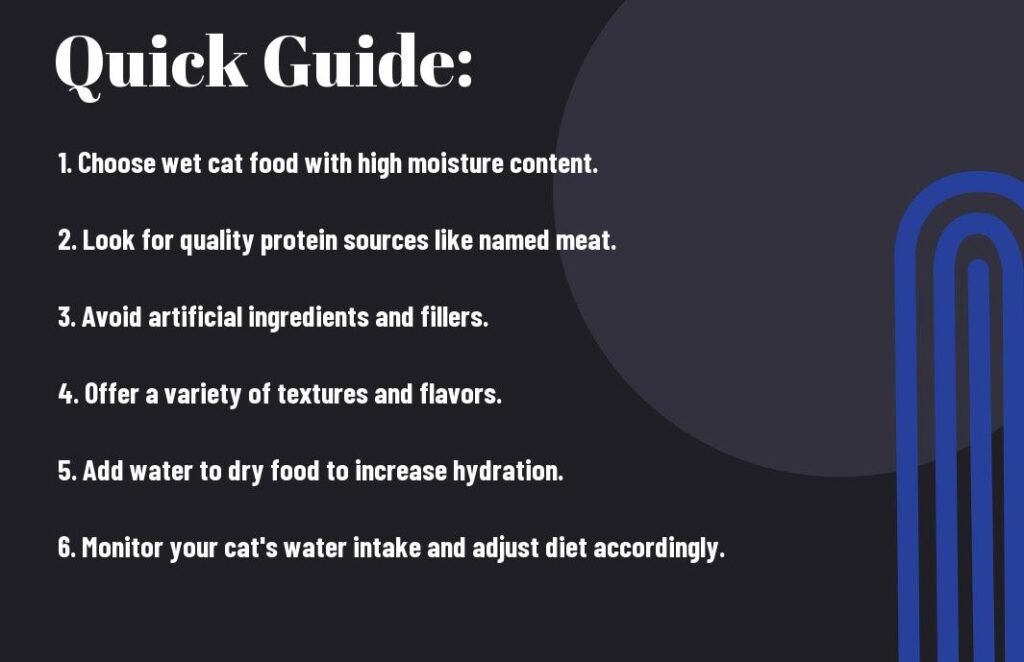
Understanding Hydrating Cat Food
While you may have heard about the benefits of hydrating cat food, you may not fully understand what it entails. Let’s break it down for you.
What is Hydrating Cat Food?
The term “hydrating cat food” refers to wet cat food that contains a high moisture content, typically around 70-80%. This type of food provides your cat with the necessary hydration they need to maintain good health. It comes in various forms such as cans, pouches, or trays, and is a popular choice among cat owners who want to ensure their feline friends stay well-hydrated.
Importance of Hydration in Cats
For your cat, staying hydrated is crucial for their overall well-being. Cats have a low thirst drive compared to other animals, which means they may not drink enough water on their own. This can lead to dehydration and various health issues, such as urinary tract problems and kidney disease.
By incorporating hydrating cat food into your cat’s diet, you can ensure they are getting an additional source of moisture that can help prevent these health issues and keep them properly hydrated.
Benefits of Hydrating Cat Food
Now, let’s explore some of the key benefits of incorporating hydrating cat food into your feline friend’s diet. Hydrating cat food can help prevent urinary tract infections by encouraging your cat to drink more water through their food. It can also be beneficial for cats with kidney issues, as the extra moisture can help support their kidney function and overall health.
With hydrating cat food, you can also provide your cat with a more balanced diet that includes vital nutrients and proteins. This type of food is often more palatable for cats, making it a great option for picky eaters or cats with dental issues who may have trouble chewing dry food.
Types of Hydrating Cat Food
Clearly, not all cat foods are created equal when it comes to hydration. Understanding the different types of hydrating cat food available can help you make the best choice for your feline friend. Here are some common types of hydrating cat food options to consider:
| Wet Food vs. Dry Food | Semi-Moist Food Options |
| Raw and Prey-Model Diets | Homemade Hydrating Cat Food Recipes |
Wet Food vs. Dry Food
Hydrating your cat through its food is crucial for its overall health and well-being. Wet cat food contains higher moisture content compared to dry cat food, which can help keep your cat hydrated. While dry food is convenient and can help with dental health, it may not provide enough hydration for some cats.
Assume that incorporating a combination of wet and dry food into your cat’s diet can help ensure proper hydration. Keep in mind, every cat is different, so it’s vital to observe your cat’s preferences and consult with your veterinarian to determine the best diet for your furry friend.
Raw and Prey-Model Diets
Food options that fall between wet and dry food are known as semi-moist cat food. These options typically have a chewy texture and higher moisture content than dry food but lower compared to wet food. Semi-moist food can be a good choice if your cat is picky about textures.
Assume that some semi-moist food options may contain artificial preservatives and flavors to maintain their texture and taste for longer periods. It’s important to read the ingredients carefully and choose high-quality semi-moist food for your cat’s health and well-being.
Homemade Hydrating Cat Food Recipes
Options for raw and prey-model diets involve feeding your cat unprocessed meats, bones, and organs, mimicking what cats would eat in the wild. These diets can provide high levels of moisture and vital nutrients for your cat’s overall health and hydration.
Assume that transitioning your cat to a raw or prey-model diet should be done gradually and under the guidance of a veterinarian to ensure a balanced diet. While these diets can be beneficial for hydration, it’s vital to handle raw meat safely to prevent contamination and ensure your cat’s safety.
For instance, if you prefer to have more control over your cat’s diet, you can consider making homemade hydrating cat food recipes. By using fresh ingredients like lean meats, vegetables, and water-rich foods, you can create customized meals for your cat that are both hydrating and nutritious.
Assume that when making homemade cat food, it’s crucial to follow balanced recipes that meet your cat’s nutritional needs. Consulting with a veterinary nutritionist can help ensure that your homemade cat food provides all the vital nutrients and hydration your cat requires.
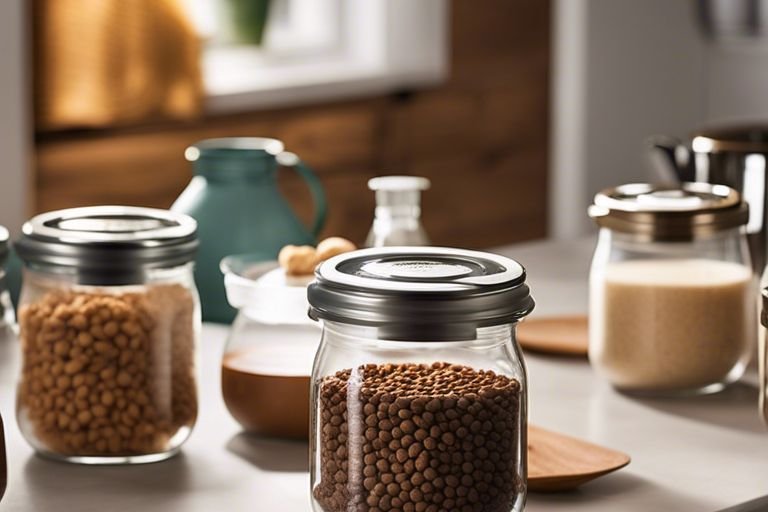
Factors to Consider When Choosing Hydrating Cat Food
Keep these important factors in mind when selecting hydrating cat food for your feline friend:
- Nutritional Content and Balance
- Moisture Levels and Water Content
- Ingredient Quality and Sourcing
- Allergies and Sensitivities
After considering these factors, you can make an informed decision that aligns with your cat’s health and dietary needs. If you’re also interested in dry cat food, you can learn more about it here.
Nutritional Content and Balance
Assuming you want your cat to have a well-rounded diet, pay attention to the nutritional content and balance of the hydrating cat food you choose. Look for options that provide vital nutrients, vitamins, and minerals necessary for your cat’s overall health and well-being.
Moisture Levels and Water Content
Clearly, hydration is crucial for your cat’s health. Higher moisture levels in cat food can contribute to your cat’s overall water intake and help prevent urinary tract issues. Dry cat food, on the other hand, may lead to dehydration if your cat doesn’t drink enough water.
Levels of water content in cat food can vary, so selecting options with higher moisture levels can be beneficial for keeping your cat well-hydrated. Ultimately, this can support their kidney function and prevent common health problems associated with dehydration.
Ingredient Quality and Sourcing
Even in hydrating cat foods, ingredient quality matters. Opt for options that contain high-quality proteins, healthy fats, and limited fillers or additives. Pay attention to the sourcing of ingredients to ensure they meet high standards and are free from harmful chemicals or by-products.
Allergies and Sensitivities
Factors like food allergies and sensitivities can impact your cat’s well-being. Water is crucial in helping to alleviate allergies and sensitivities because it supports digestion and overall health. Choosing hydrating cat food that is free from common allergens can help prevent adverse reactions and keep your cat happy and healthy.
To provide the best care for your cat, consider their unique dietary needs and preferences when selecting hydrating cat food options. By considering these factors, you can make a well-informed choice that promotes your cat’s health and vitality.
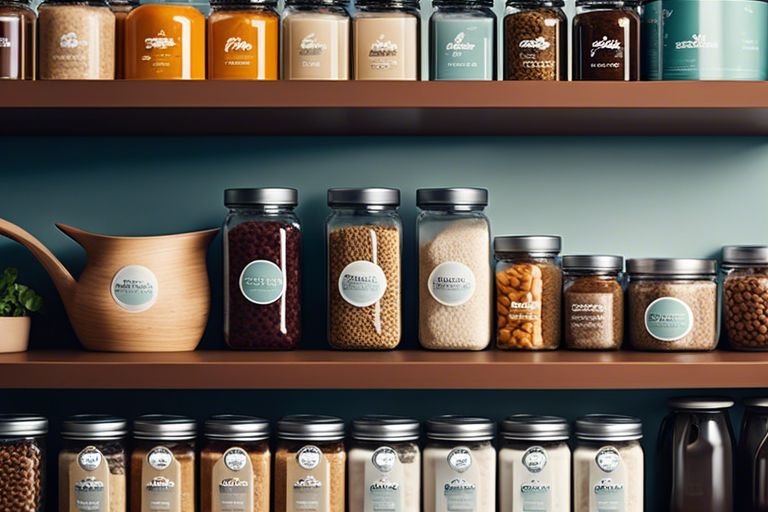
Tips for Transitioning to Hydrating Cat Food
All cats are individuals, and some may take longer to adjust to a new diet than others. Here are some tips to make the transition to hydrating cat food smoother for your feline friend:
- Gradual Introduction to Prevent Digestive Upset:
Gradual Introduction to Prevent Digestive Upset
Any sudden changes to your cat’s diet can lead to digestive upset, so it’s imperative to introduce hydrating cat food gradually. Start by mixing a small amount of the new food with your cat’s current diet and gradually increase the proportion of the new food over several days. This slow transition allows your cat’s digestive system to adjust to the new food, reducing the risk of gastrointestinal issues.
- Monitoring Your Cat’s Hydration Levels:
Monitoring Your Cat's Hydration Levels
Cats have a low thirst drive compared to other animals, making it crucial to monitor their hydration levels closely. Dehydration can lead to health issues, so it’s imperative to ensure that your cat is drinking enough water. You can monitor your cat’s hydration by observing their water intake, as well as the frequency and volume of urination. Additionally, you can check for signs of dehydration such as sunken eyes, dry gums, and lethargy. Introduction For some cats, drinking enough water can be a challenge. Encouraging your cat to stay hydrated is imperative for their overall health and well-being.
Encouraging Water Intake
A simple way to encourage your cat to drink more water is by providing a clean and fresh water source at all times. Cats prefer running water, so consider investing in a cat fountain to entice them to drink more. You can also try adding wet food or water to your cat’s diet to increase their overall moisture intake.
Managing Meal Times and Portion Control
With the shift to hydrating cat food, it’s crucial to manage your cat’s meal times and portion control. It’s important not to overfeed your cat, as obesity can lead to various health issues. Additionally, splitting your cat’s meals into smaller, more frequent portions throughout the day can help regulate their digestion and prevent overeating. It’s imperative to establish a routine when feeding your cat hydrating food to ensure they are getting the right amount of nutrients without overindulging. By monitoring their meal times and portion control, you can help your cat maintain a healthy weight and optimal hydration levels.
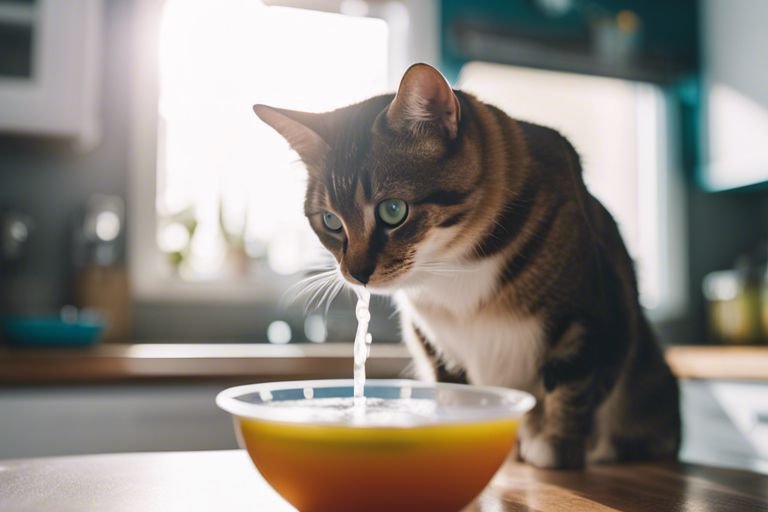
Step-by-Step Guide to Preparing Hydrating Cat Food
Many cat owners are choosing to switch their feline companions to a hydrating diet to promote better health and hydration. To help you make the transition smoothly, here is a step-by-step guide on preparing hydrating cat food.
| Measuring and Mixing Ingredients | Adding Moisture and Water Content |
| Food | While |
Measuring and Mixing Ingredients
Food preparation for your cat starts with measuring out the appropriate amounts of dry and wet ingredients as per the recipe. Mixing the ingredients thoroughly ensures that your cat receives a balanced and tasty meal.
Adding Moisture and Water Content
While preparing hydrating cat food, it’s imperative to add an adequate amount of moisture to the mixture. This can be in the form of water, broth, or even tuna juice. Adding moisture not only promotes proper hydration but also makes the food more palatable for your cat. Preparing hydrating cat food can be a rewarding experience as you provide your furry friend with a nutritious and delicious meal.
Cooking and Serving Hydrating Cat Food
Cooking the hydrating cat food mixture according to the recipe instructions is crucial to ensure that all ingredients are cooked through and safe for your cat to consume. Once cooked, allow the food to cool before serving it to your cat to prevent any burns or discomfort. StepbyStep, follow the recipe instructions carefully to ensure that you serve a well-prepared meal to your cat.
Storing and Handling Leftovers
One important aspect of preparing hydrating cat food is knowing how to store and handle leftovers properly. Leftover cat food should be stored in an airtight container in the refrigerator to maintain freshness and prevent contamination. It is recommended to consume refrigerated leftovers within a few days. Understanding how to handle leftovers will help you maintain the quality and safety of your cat’s food.
Pros and Cons of Hydrating Cat Food
Now, let’s take a closer look at the pros and cons of hydrating cat food:
| Pros: | Cons: |
| Helps increase your cat’s daily water intake | Can be time-consuming to prepare |
| Can be beneficial for cats with urinary tract issues | May spoil quickly if left out for too long |
| Can be more palatable for picky eaters | May not provide all necessary nutrients if not balanced properly |
Advantages of hydrating cat food
Advantages of hydrating cat food include helping to increase your cat’s daily water intake, which is important for their overall health. This can be especially beneficial for cats who are not big drinkers or have specific health issues.
Hydrating cat food can also be more appealing to picky eaters, as the added moisture can enhance the flavor and aroma of the food, making mealtime more enticing for your feline friend.
Disadvantages and Potential Drawbacks
Any potential drawbacks of hydrating cat food include the fact that it can be time-consuming to prepare, especially if you have a busy schedule. Additionally, if not consumed promptly, the food may spoil quickly, leading to wastage.
Hydrating cat food may also lack important nutrients if not balanced properly, so it’s important to consult with your veterinarian to ensure your cat is getting all the necessary vitamins and minerals in their diet.
Addressing Common Concerns and Misconceptions
Hydrating cat food can sometimes be perceived as less convenient than dry kibble, but with a bit of planning and preparation, you can make it a seamless part of your routine. By using portion control and proper storage techniques, you can minimize any potential downsides of hydrating your cat’s food.
Another common misconception is that all cats prefer dry food over wet food. However, many cats actually enjoy the taste and texture of hydrating food, and the added moisture can be beneficial for their hydration and overall well-being.
Final Words
With these considerations in mind, you now have a comprehensive guide to help you choose the best hydrating cat food for your furry friend. Remember to look for high moisture content, quality protein sources, and minimal fillers when selecting a wet cat food. Your cat’s health and well-being are in your hands, so make sure to prioritize their hydration and nutrition with the right food choices.
By providing your cat with a balanced and hydrating diet, you can help prevent urinary tract issues, promote overall health, and keep your cat happy and well-hydrated. Keep these tips in mind as you shop for cat food, and your feline companion will thank you with purrs of contentment and good health.
FAQ
Q: Why is it important to keep your cat hydrated?
A: Cats are prone to kidney issues and dehydration, so keeping them hydrated is imperative for their overall health and well-being.
Q: What are the benefits of feeding hydrating cat food?
A: Hydrating cat food helps prevent urinary tract infections, promotes healthy kidney function, supports digestion, and improves skin and coat health.
Q: How can I tell if my cat is dehydrated?
A: Signs of dehydration in cats include dry gums, sunken eyes, lethargy, poor skin elasticity, and decreased appetite. If you notice these symptoms, consult your veterinarian immediately.
Q: What ingredients should I look for in hydrating cat food?
A: Look for cat foods with high moisture content, such as canned wet food or raw food. Ingredients like broth, tuna, or chicken are also beneficial for hydration.
Q: How much water should my cat consume daily?
A: Cats should consume approximately 1 ounce of water per pound of body weight daily. However, feeding hydrating cat food can help increase their water intake and keep them properly hydrated.
